In a groundbreaking medical achievement, a Chinese surgeon remotely performed prostate cancer surgery on a patient in Beijing while stationed in Rome.
From Superinnovators 11/08/24
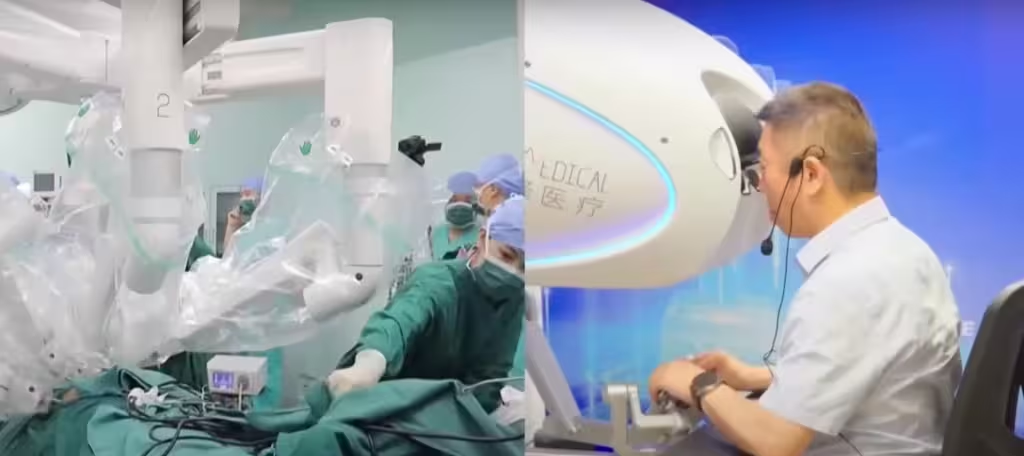
The operation, which took place in June, was performed by Professor Zhang Xu, who used robotic arms controlled through a surgical console.
The distance between the surgeon and the patient was over 8,000 kilometres.
The telesurgery occurred at a conference in Rome, Italy, while the patient was at the Third Medical Center of the People’s Liberation Army General Hospital in Beijing.
According to a report by Chinese state broadcaster CGTN Europe, a back-up surgical team monitored the procedure in Beijing.
The latency during the surgery was just 135 milliseconds, below the 200 milliseconds limit recommended for telesurgery.
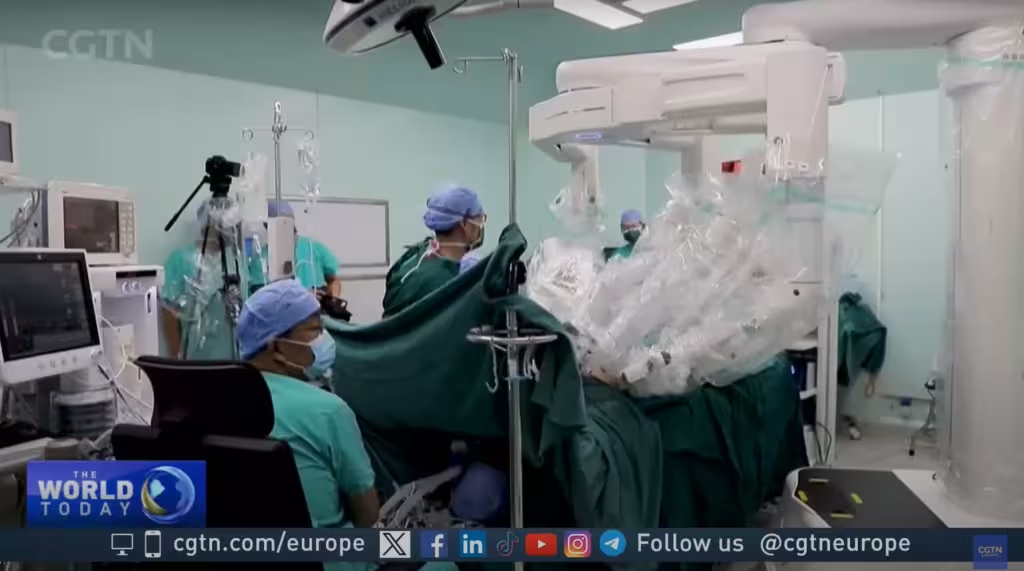
Zhang explained that communication delays are a major concern in remote surgery, but noted this procedure was almost as seamless as performing surgery in person.
Vito Pansadoro, chairman of the conference, hailed the operation as a historical milestone in the field of robotics and laparoscopy.
The successful procedure has opened new possibilities for surgical treatments, particularly in military medical applications, according to the team.
They plan to explore further uses of this technology in future medical and military contexts.
More info
You may also be curious about:
-

Autonomous fresh grass harvesting and feeding system for cattle
-

Scientists use magnetic nanotech to safely rewarm frozen tissues for transplant
-
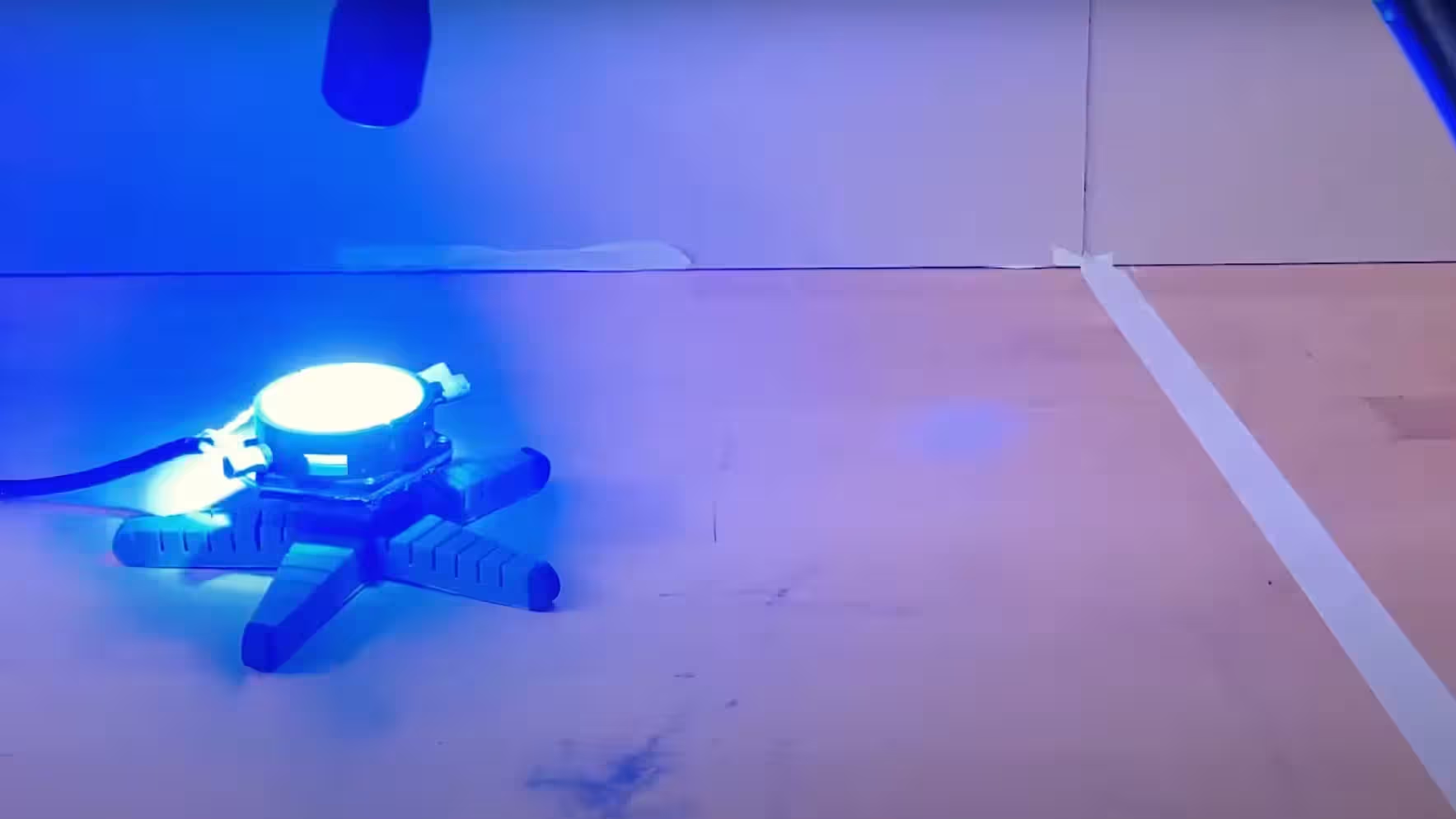
Fungus-controlled robots tap into the unique power of nature
-

Ancient sea cow attacked by a crocodile and sharks sheds new light on prehistoric food chains
-

Battery-powered modular rail freight wagons
-
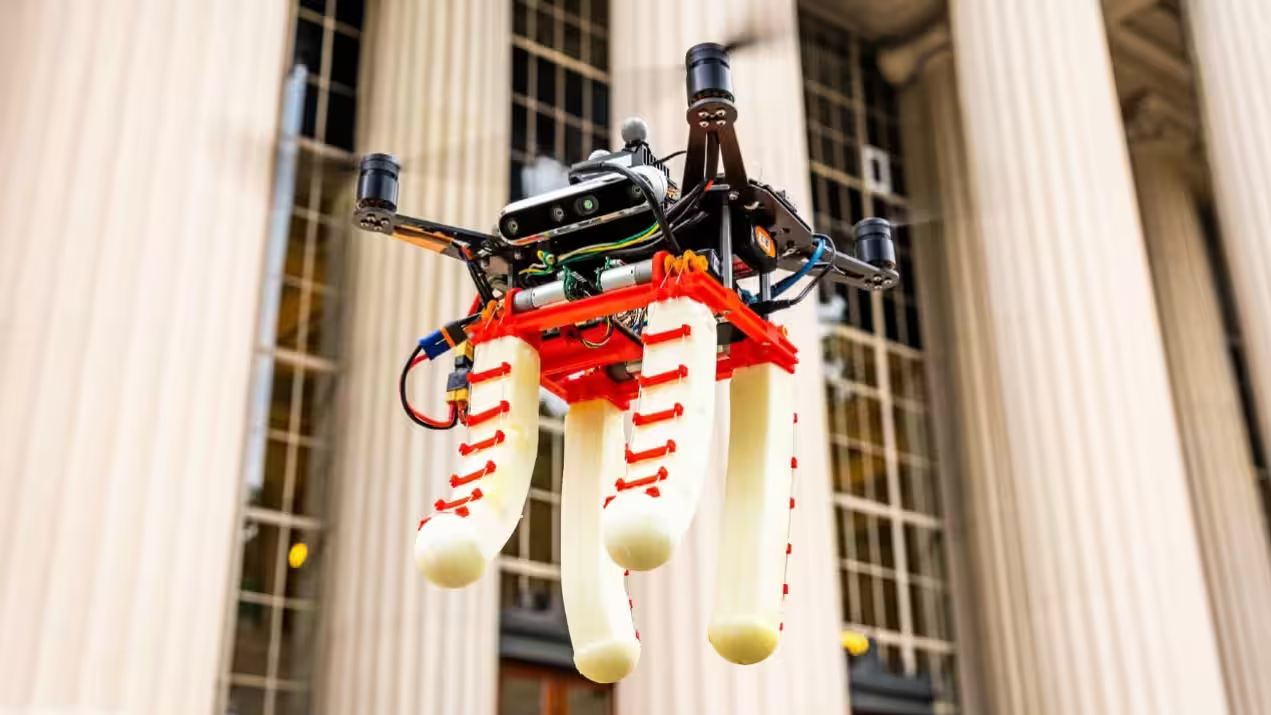
High-speed aerial grasping with soft claws
-

In world 1st, high-quality cat stem cells generated without genetic footprint
-
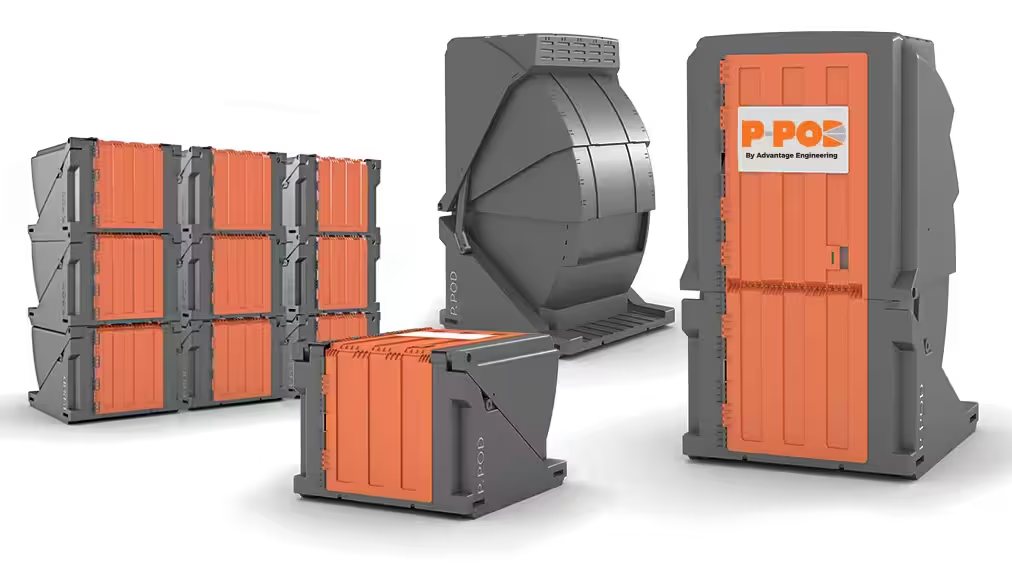
Collapsible portaloos
-
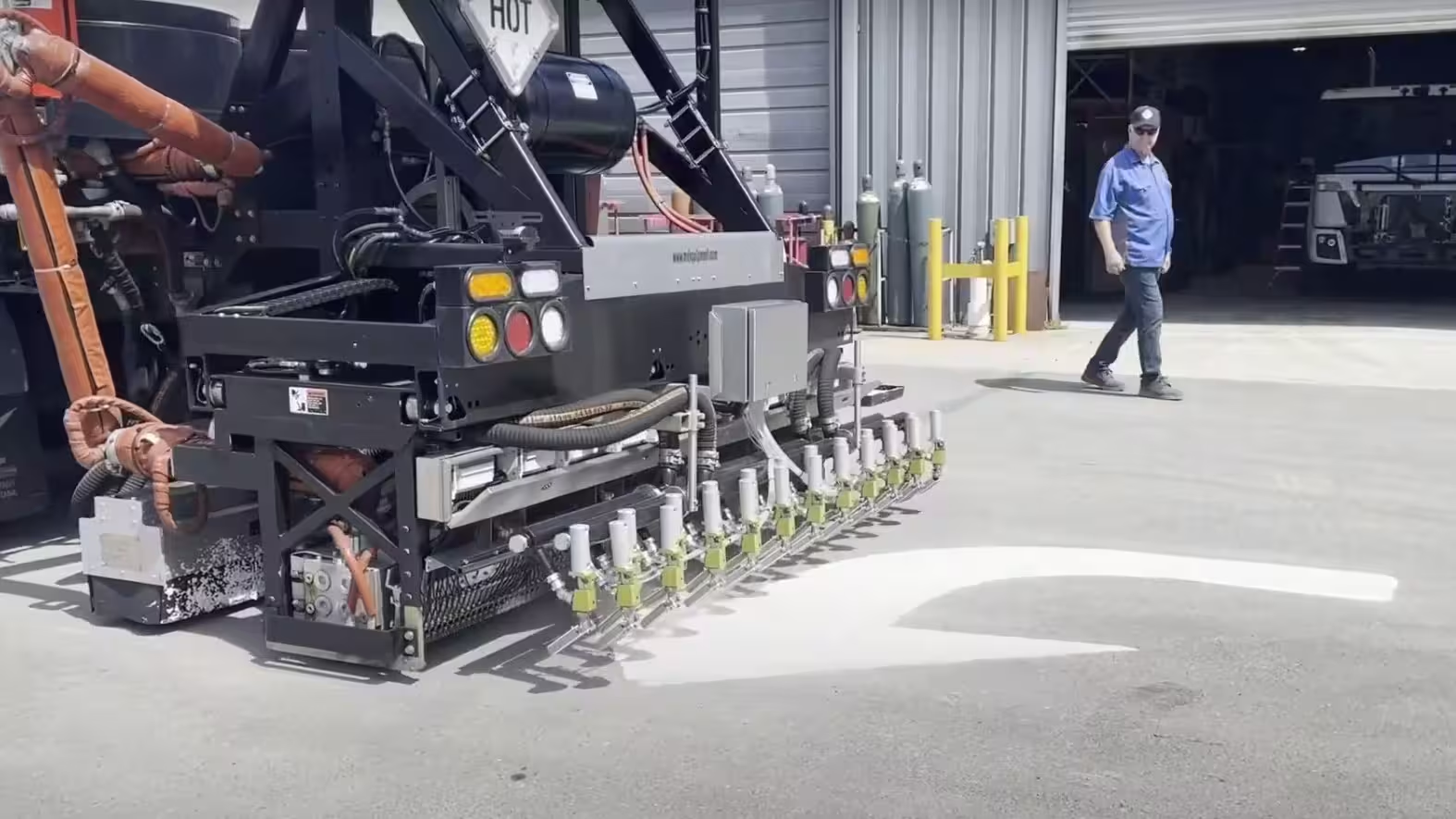
Road marking machine prints signs directly onto the highway surface
-

Waist-mounted hiking cart for kids with disabilities
-

Dry floatation therapy calms without getting you wet
-

MobileSpike: Robotic arm punctures tyres during police pursuits
